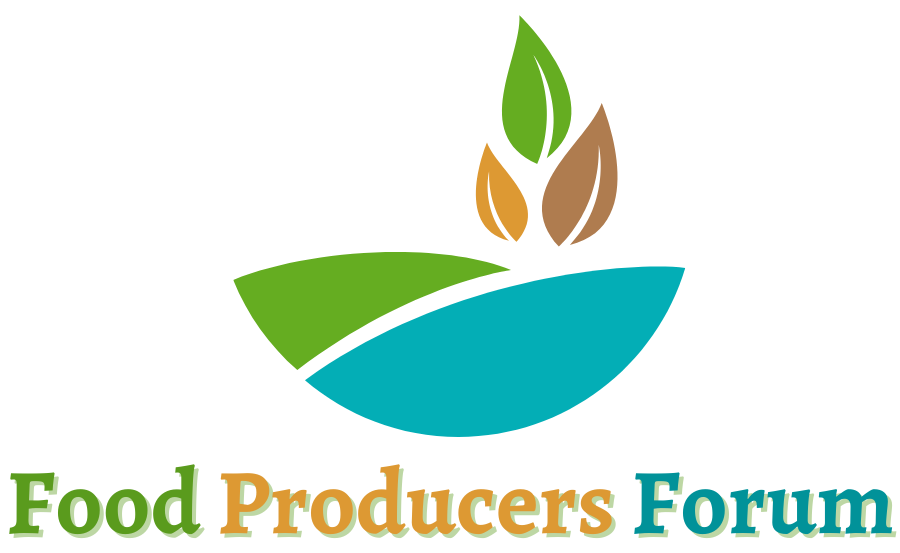Humans have been growing and gathering food for millennia. During this time we have learned how to save seeds each season and replant them the following year. By doing this, we are participating in the natural cycle of plant regeneration and also to a certain extent using it to shape the future of the plants that we grow.
The process of seed saving and selecting which seeds to save are formally called seed propagation and roguing. By selecting which seed to save, we have managed to create most of the productive crops we now rely on for our food supply, including the major grains (wheat, rice, millet, corn, buckwheat, quinoa) as well as most vegetables and fruits.
We live in an era when large multinational companies have taken control of the food system. By careful marketing of seeds, hybridization (crossing two types of the same species to create a more desirable combination) and adapting plants to be more dependent on commercial fertilizers and pesticides, and more recently by using direct genetic modification, these companies have depleted the former range of seeds that used to be commercially available. All of that will be covered in a future blog on the Politics of Seeds. But for now, let’s consider the thousands of traditional varieties that are still maintained by home gardeners and commercial growers.
These traditional varieties, well adapted to local conditions of weather, climate and soil in a particular area, if they are kept going for fifty seasons or more, are called “heirloom” varieties and the seeds they produce (usually true breeding or “open pollinated”) OP seeds, are treasures to be maintained. Because they are so well adapted and specialized, they represent both genetic diversity and superior production tailored to a specific place. These traditional varieties are also called “land races” and “heritage” seeds, but the meaning is basically the same as heirloom.
So why is this important? Well, because as we lose genetic variety in the seeds of the plants on which we depend for food, we become more and more vulnerable to plant diseases and changing climate. These days, with global warming warping the fabric of land and sea, with drought alternating with terrible flooding around the world, the value of keeping traditional food plants alive should be clear.
In addition, these traditional varieties often grow better, produce more and may have superior qualities of storage or flavour. For all these reasons – genetic diversity, superior quality, survival and adaptation to a specific zone or climate – heirloom seeds are the true royalty of the seed story. Since they have been grown in the same area for many generations, they have adapted to survive and flourish in a local setting. So for the gardener, it is a really good idea to search them out, obtain heirloom seeds from fellow growers and gardeners and add them to what you grow in your own garden.
If you are interested in accessing a larger list of heirlooms being grown across Canada, there is an easy way to find them. Become a member of Seeds of Diversity, the Canadian heritage seed network. For just $25 a year you will have direct access to thousands of varieties, many of which are adapted to northern growing conditions, from across the country. To join, or to check out the list of Canadian seed houses, just go to www.seeds.ca.
That way you will be able to raise your own plants from heritage seeds from growers all of whom are part of keeping these heirloom varieties alive. And at the end of the season, or in the second year when biennial plants like cabbage family and other crops have set seed, you will save your own, share these wonderful varieties with friends and become a seed saver. Seed saving will be the topic for my next blog. So stay tuned!
